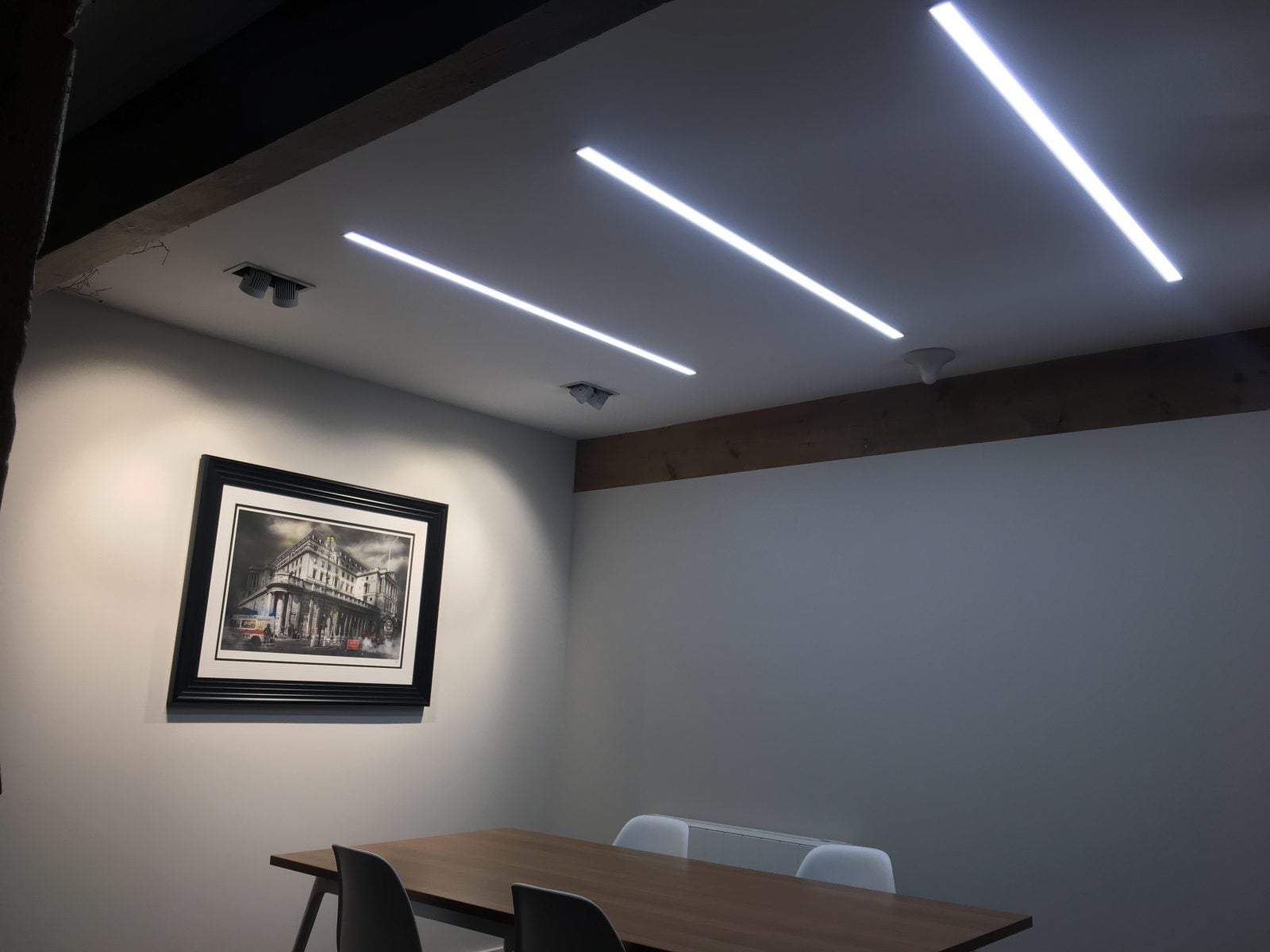Understanding Direct Wire Under Cabinet Lighting: Commercial Electric Led Direct Wire Under Cabinet Light

Direct wire under cabinet lighting offers a permanent and versatile solution for illuminating your kitchen or workspace. Unlike plug-in options, direct wire lighting eliminates the need for cords and outlets, providing a cleaner and more integrated look. This approach also allows for greater flexibility in placement and customization.
Benefits of Direct Wire Under Cabinet Lighting
Direct wire under cabinet lighting offers several advantages over plug-in alternatives. These benefits include:
- Enhanced Aesthetics: Direct wire lighting seamlessly integrates with your cabinets, creating a sleek and modern look without visible cords or outlets. This approach enhances the overall visual appeal of your kitchen or workspace.
- Increased Flexibility: Direct wiring provides greater flexibility in placement, allowing you to install lights in locations that may not be accessible with plug-in options. This flexibility enables you to optimize lighting for specific tasks and areas.
- Improved Safety: Direct wiring eliminates the risk of tripping over cords or overloading outlets. It also ensures a more secure and reliable connection, reducing the chance of electrical hazards.
- Enhanced Functionality: Direct wire lighting can be easily integrated with smart home systems, allowing for remote control, dimming, and other advanced features. This functionality provides greater convenience and control over your lighting.
Direct Wire Under Cabinet Lighting Installation, Commercial electric led direct wire under cabinet light
Installing direct wire under cabinet lighting involves connecting the lights directly to your home’s electrical system. This process typically requires the following steps:
- Turn off power: Before beginning any electrical work, always ensure that the power to the circuit is turned off at the breaker box.
- Locate wiring: Determine the location of the nearest electrical junction box or wiring for connecting the lights.
- Prepare the wiring: Strip the insulation from the wires and connect them to the appropriate terminals on the lighting fixture.
- Mount the lights: Secure the lights to the underside of the cabinets using mounting brackets or adhesive tape.
- Test the installation: After connecting the wires, turn the power back on and test the lights to ensure they are functioning correctly.
Types of Direct Wire Under Cabinet Lights
Direct wire under cabinet lighting comes in various styles and configurations to suit different needs and preferences. Some popular types include:
- LED Strip Lights: These flexible lights offer a continuous line of illumination and can be easily cut to size. LED strip lights are available in various color temperatures and brightness levels, making them versatile for different applications.
- Puck Lights: These small, circular lights provide focused illumination and are ideal for highlighting specific areas. Puck lights are typically available in white or warm white color temperatures.
- Linear Lights: These rectangular lights offer a wider beam of light and are suitable for illuminating larger areas. Linear lights are available in various lengths and finishes to complement different cabinet styles.
Choosing the Right Commercial Electric LED Under Cabinet Light

Selecting the perfect commercial electric LED under cabinet light requires careful consideration of several factors to ensure optimal performance and functionality. These lights are designed to illuminate workspaces, display areas, and other commercial environments, providing both functional and aesthetic benefits. Understanding the specific needs of your commercial space will help you make informed decisions about brightness, color temperature, size, shape, and power source.
Brightness and Color Temperature
The brightness and color temperature of LED under cabinet lights play a crucial role in creating the desired ambiance and functionality in a commercial space.
- Brightness (Lumens): The brightness of an LED under cabinet light is measured in lumens. Higher lumen output provides brighter illumination, which is essential for tasks that require precision and visibility. For example, a kitchen prep area may require brighter lighting than a display area showcasing artwork.
- Color Temperature (Kelvin): Color temperature is measured in Kelvin (K) and influences the perceived warmth or coolness of the light. Warmer colors, typically in the range of 2700K to 3000K, create a cozy and inviting atmosphere, often preferred in restaurants and retail spaces. Cooler colors, ranging from 4000K to 6500K, provide a more neutral and focused light, ideal for workspaces and task lighting.
Size and Shape
The size and shape of LED under cabinet lights are important considerations for achieving the desired aesthetic and functional lighting in a commercial space.
- Size: The size of the light fixture should be proportional to the size of the cabinet and the space it needs to illuminate. Smaller lights are suitable for smaller cabinets or areas with limited space, while larger lights can illuminate larger areas or provide more even lighting.
- Shape: LED under cabinet lights come in various shapes, including linear, rectangular, and curved. The shape of the light should complement the design of the cabinet and the overall aesthetics of the space. Linear lights are versatile and can be used in various applications, while curved lights can add a unique touch to a space.
Power Sources
Commercial electric LED under cabinet lights can be powered by hardwiring or transformer-based systems, each offering distinct advantages and disadvantages.
- Hardwiring: Hardwiring involves directly connecting the light fixture to the electrical wiring of the building. This provides a permanent and reliable power source, ideal for high-traffic areas or installations where aesthetics are a priority. However, hardwiring requires professional installation, which can be costly and time-consuming.
- Transformer-Based Systems: Transformer-based systems use a transformer to convert the building’s electrical current to a lower voltage suitable for the LED lights. These systems are generally easier to install and offer greater flexibility in placement. However, they may require additional wiring and can be less efficient than hardwired systems.
